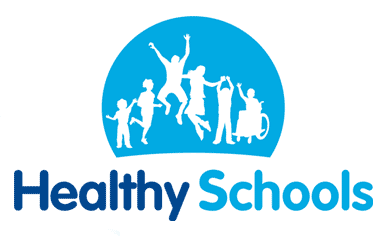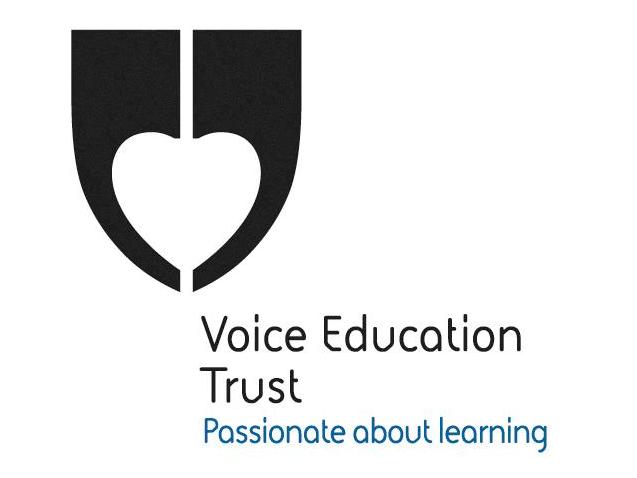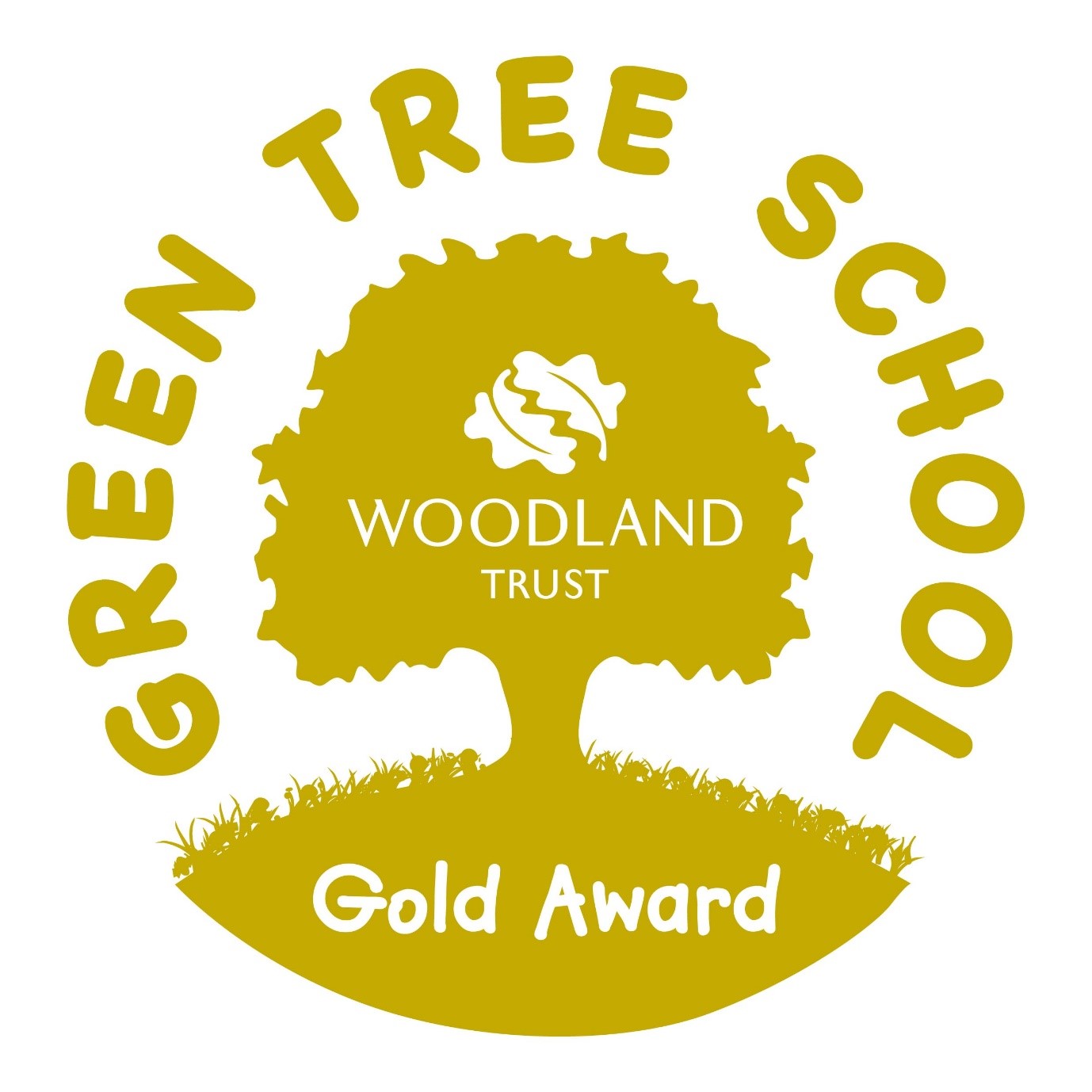Nursery
These are some of the Nursery songs and stories that the teachers have been sharing through Tapestry. Due to copyright we cannot always publish all the stories on an open website. There are also links to other fantastic reading resources on Youtube and CBBC.
https://www.bbc.co.uk/cbeebies/stories
Youtube Channel - Michael Rosen
https://www.youtube.com/channel/UC7D-mXO4kk-XWvH6lBXdrPw
Mrs. Brooks has three more songs and stories to share with you all.
Hello Nursery families, I hope you are all keeping well and safe during these challenging times. We miss you and your children and are looking forward to hopefully welcoming you back soon. Hope you enjoy our first song...Tommy Thumb.
Tommy Thumb is a traditional action rhyme that the children should know from Nursery. Each finger is given a different name and your child can show each finger in turn and sing along. This will help to develop their listening and attention skills as well as finger control in preparation for holding tools such as a pencil. You could talk with your child about the names the fingers are given in the song and why. Which finger is the tallest? Shortest? You could also discuss the formal names given to the fingers (Index, middle, ring, little) and what we use our fingers for (to point, grip objects such as pens, tools & scissors, to count etc).
Feeding the ducks!
When you’re out on your daily exercise, perhaps take a moment to go and feed the ducks. They are not getting as much attention as they are used to and it’s a great opportunity to share some kindness and incorporate some learning! Traditionally people have fed bread to ducks but nowadays more suitable food is considered to include rice, oats, seeds, shredded lettuce, defrosted frozen peas, cut up grapes. An old bread bag is very convenient to transport your goodies in!
Discussions / learning whilst feeding the ducks:
Can you name the different types of ducks? A male duck is a drake, a female is a duck or hen and a baby duck is a duckling. A group of ducks is called a raft, team or paddling.
Some species, like the mallard (common in the UK) can be found all over the world!
Discuss how ducks come from eggs, nests are built etc, what other animals come from eggs?
Why do ducks have feathers? (To keep them warm)
Why do they have webbed feet? (To help them swim)
Male ducks are brightly coloured to attract mates whereas female ducks are camouflaged to protect their nests.
The mouth is called a beak or bill. It is usually broad and flat and has rows of fine notches along the edge called ‘lamellae’. The lamellae helps the duck to grip its food so that it will not slip off.
For more information about ducks visit: https://www.rspb.org.uk/birds-and-wildlife/advice/how-you-can-help-birds/where-do-ducks-nest/mallard-ducklings/
I hope your child enjoys listening to and joining in with this song. After singing this a few times, perhaps you and your child could collect sets of objects, then count them down in twos. How many have been taken away? How many are left? You can do this indoors and outdoors. You could use a number line as children sing the song so they can see the patterns as you count down. Or use number cards or pictures to represent the sausages / objects in the song and ask your child to hold them up at the right moment as you sing. Once your child is familiar with the song, why not start at 20 and count back to 10 or from different starting points to help extend numeracy skills?
This song will help children learn to:
- Memorise the order of numbers to 10 and say the numbers backwards.
- Develop the concept of the value; a number is not just a word but it represents a value.
- Count with one-to-one correspondence.
- Understand that zero means 'none'.
- Count in 2s to 10.
- Take away objects to find how many are left.
- Develop listening and attention.
Showing the numbers in different ways (for example the total number of six is recognised by adding subgroups, like three and three or four and two) will enable children to see the whole number and numbers which make it up. This will help children become familiar with number combinations and support addition and subtraction facts. This is quite an advanced skill and can be used as an extra challenge for children who are already confident with numbers.







